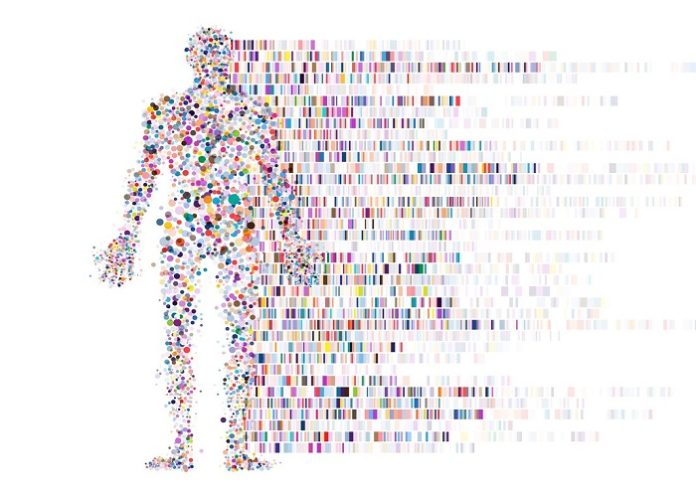Boys whose fathers were overweight as teenagers had epigenetic markers associated with asthma, obesity and low lung function, according to a recent study, with the scientists warning that chubby youngsters risk damaging the genes of their future children.
Funded by the Norwegian Research Council and published in Communications Biology, this is the first human study to reveal the biological mechanism behind the impact of fathers’ early teenage obesity on their children.
It was led by teams from the University of Southampton and Norway’s University of Bergen. They investigated the epigenetic profiles of 339 people, aged seven to 51, assessing the fathers’ changes in body composition across adolescence using self-reported body image as a proxy for body fat composition.
The researchers identified epigenetic changes in more than 2 000 sites in 1 962 genes linked with adipogenesis (formation of fat cells) and lipid (fat) metabolism in the children of fathers who gained weight as teenagers.
These changes in the way DNA is packaged in cells (methylation) regulate gene expression (switching them on and off) and are associated with asthma, obesity and lung function. The effect was more pronounced in girls than in boys, with different genes involved.
“The overweight status of future fathers during puberty was associated with a strong signal in their children’s DNA, which were also related to the likelihood of their children being overweight themselves,” said author of the paper Dr Negusse Tadesse Kitaba, Senior Research Fellow at the University of Southampton.
“Early puberty, when boys start developing sperm, seems to be a key window of vulnerability for lifestyle influences to drive epigenetic changes in future offspring.”
Professor Cecilie Svanes from the University of Bergen said: “These findings have significant implications for public health and for public health intervention strategies.
“They suggest that a failure to address obesity in young teenagers today could damage the health of future generations, further entrenching health inequalities for decades to come.”
Professor John Holloway from the University of Southampton and the National Institute for Health and Care Research (NIHR) Southampton Biomedical Research Centre said that childhood obesity was increasing globally.
“The results of this study demonstrate that this is a concern not only for the health of the population now but also for generations to come.”
Study details
Father’s adolescent body silhouette is associated with offspring asthma, lung function and BMI through DNA methylation
Negusse Tadesse Kitaba, Toril Mørkve Østergaard, Marianne Lønnebotn et al.
Published in Communications Biology on 24 May 2025
Abstract
Boys’ pubertal overweight associates with future offspring’s asthma and low lung function. To identify how paternal overweight is associated with offspring’s DNA methylation (DNAm), we conducted an epigenome-wide association study of father’s body silhouette (FBS) at three timepoints (age 8, voice break and 30) and change in FBS between these times, with offspring DNAm, in the RHINESSA cohort (N = 339). We identified 2005 differentially methylated cytosine-phosphate-guanine (dmCpG) sites (FDR < 0.05), including dmCpGs associated with offspring asthma (119), lung function (178) and BMI (291). Voice break FBS associated with dmCpGs in loci including KCNJ10, FERMT1, NCK2 and WWP1. Change in FBS across sexual maturation associated with DNAm at loci including NOP10, TRRAP, EFHD1, MRPL17 and NORD59A;ATP5B and showed strong correlation in reduced gene expression in loci NAP1L5, ATP5B, ZNF695, ZNF600, VTRNA2-1, SOAT2 and AGPAT2. We identified 24 imprinted genes including: VTRNA2-1, BLCAP, WT1, NAP1L5 and PTPRN2. Identified pathways relate to lipid and glucose metabolism and adipogenesis. Father’s overweight at puberty and during reproductive maturation was strongly associated with offspring DNA, suggesting a key role for epigenetic mechanisms in intergenerational transfer from father to offspring in humans. The results support an important vulnerability window in male puberty for future offspring health.
See more from MedicalBrief archives:
Well-being and health of world’s teens in peril – Lancet global experts
Every extra kilo overweight cuts two months of life — UK longevity study
Excess kilos in teen years can double later stroke risk – Finnish study

